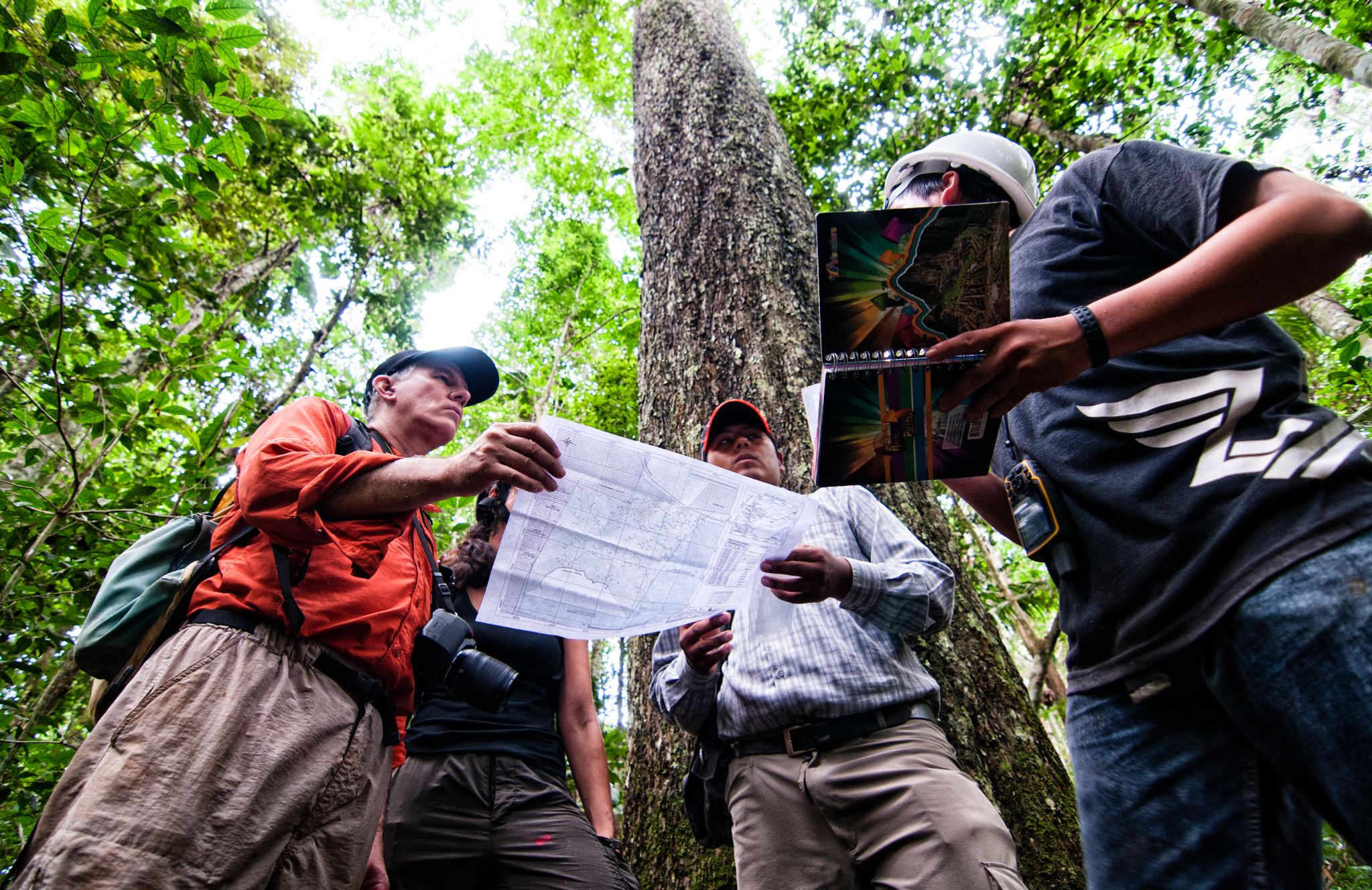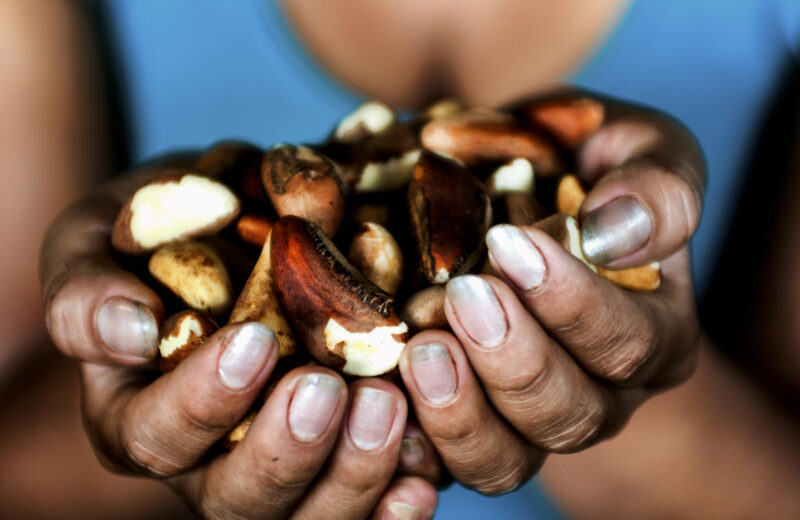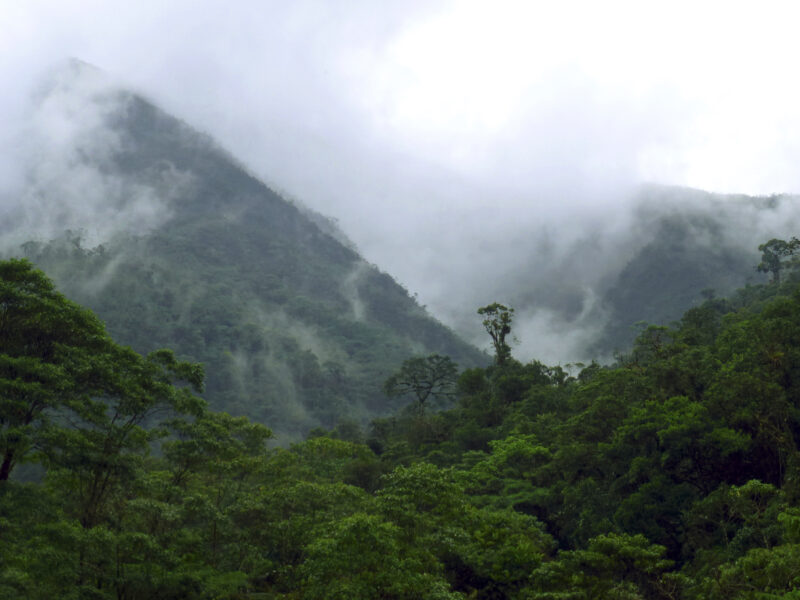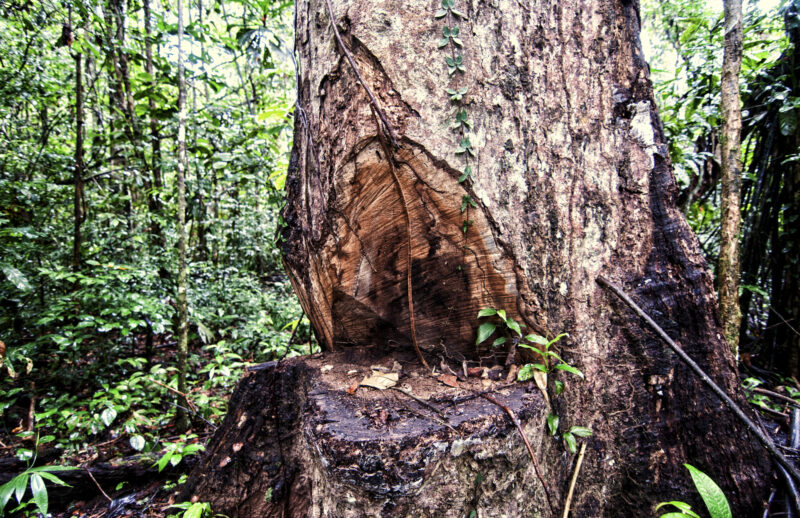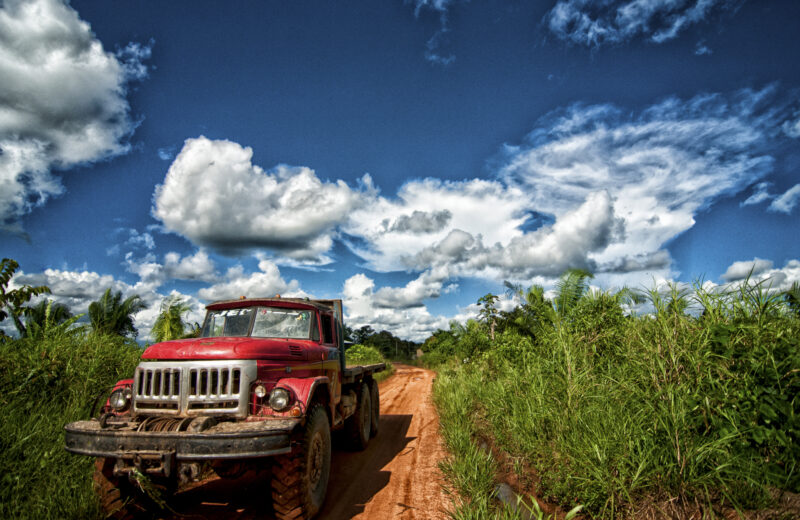Peru
Peru has the world's fourth largest intact rainforest. Deforestation has been relatively low but shows signs of increase, largely driven by small-scale agriculture and migration from the Andes mountains into the rainforest. Peru has a major problem with illegal logging (forest degradation).
Peru has the fourth largest tropical forest in the world; an area larger than the size of France. Peru is one of the most biodiverse countries in the world thanks to these forests, and about one-tenth of all plant species in the world are found in Peru. Only Brazil holds a larger share of Amazonian tropical forest.
Between 2001 and 2018, Peru lost a forested area approximately half the size of the Netherlands. Deforestation reached a peak in 2014, when 177 566 hectares of forests were cut down. After 2014, deforestation has gone moderately down.
It is home to a countless number of endemic plants and animal species.
With its diverse ecosystems, flora, and fauna, Peru holds the largest diversity of butterflies in the world and ranks 3rd in number of bird species.
Peru’s indigenous peoples play a central role in forest conservation. However, in many areas their lands come under threat from outside actors, such as illegal loggers.
According to the UN, indigenous communities and environmental defenders are the groups of defenders most at risk in Peru. Several tribes in the Peruvian forests live in voluntary isolation. Today there are five indigenous reserves for uncontacted indigenous people covering an area of 28,000 km2. Peru has plans to create additional new reserves of more than 40,000 km2.
During 2008-2017, most of the deforestation occurred on lands without clearly defined rights. Most deforestation occurs on less than 5 hectares and is associated with agriculture practiced by small and medium-sized smallholders.
Underlying causes include weak governance, poverty, migration, insufficient land use planning, low agricultural productivity and little access to credit for small farmers, as well as the low perceived economic value of the forest.
To deal with these challenges, and to counter looming future threats of conversion of forests to large-scale agriculture, Peru has committed to set of policies to lead to a transformational change in terms of land use in the Amazon, including low carbon agriculture and sustainable forestry.
Partnership with Norway and Germany
In 2014, Peru, Germany and Norway signed a joint Declaration of Intent in support of Peru’s efforts in reducing greenhouse gas emissions from deforestation and forest degradation in the Peruvian Amazon. At that time Peru took aim to make the forest- and agriculture sector carbon neutral within 2021 and to recognize millions of hectares of indigenous peoples’ land claims. Norway committed to pay for verified results with up to 250 million USD for the period up until 2020.
Progress under the Partnership
After several delays, the climate and forest cooperation has recently experienced a renewed momentum. An action plan has been approved across ministries to implement Peru’s plans and actions have been taken in several areas in order to reduce deforestation;
- In the period 2014-2018, Peru protected more than 40 000 km2 of forest land under various protection regimes. This includes the creation of two national parks respectively. 13,500 km2 (Sierra del Divisor) and 8,000 km2 (Yaguas).
- Since 2014, land rights for indigenous peoples totaling 10,000 km2 have been granted.
- I 2019 the Peruvian government launched a large-scale campaign against illegal mining in the Amazon department of Madre de Dios. Mining has been the main driver behind deforestation in the region. The campaign resulted in a significant reduction in deforestation in the area that year.
- Peru joined the Tropical Forest Alliance in 2019, and the same year a national public private alliance was established to promote deforestation-free production, focusing on the value chains for coffee, cocoa, palm oil and cattle.
- An area of 20,000 km2 is now included in Peru’s forest protection program, a national ecosystem payment payment program, where indigenous peoples receive payment to preserve the forest in their areas.

